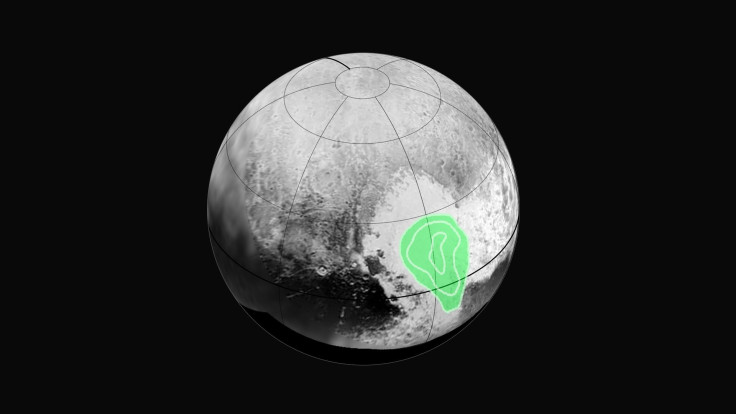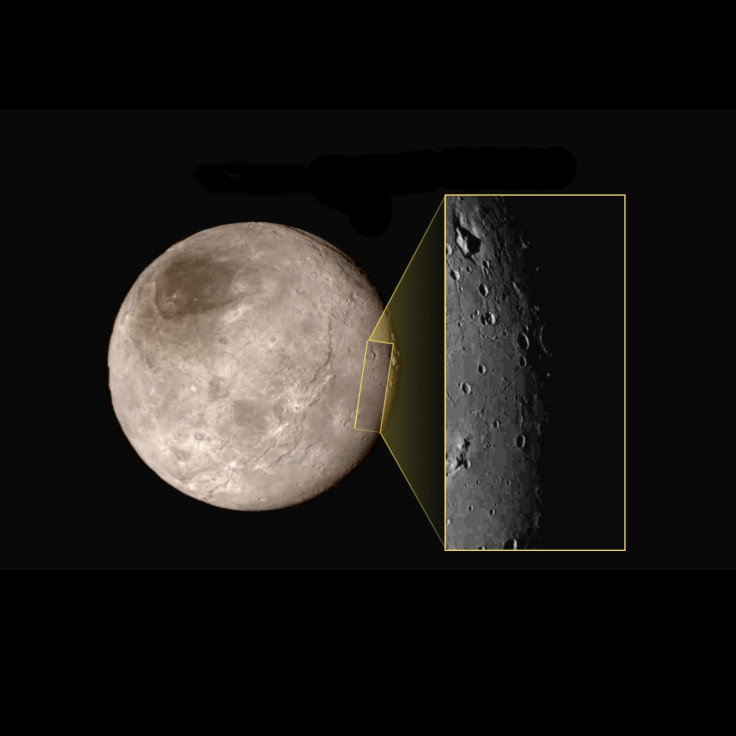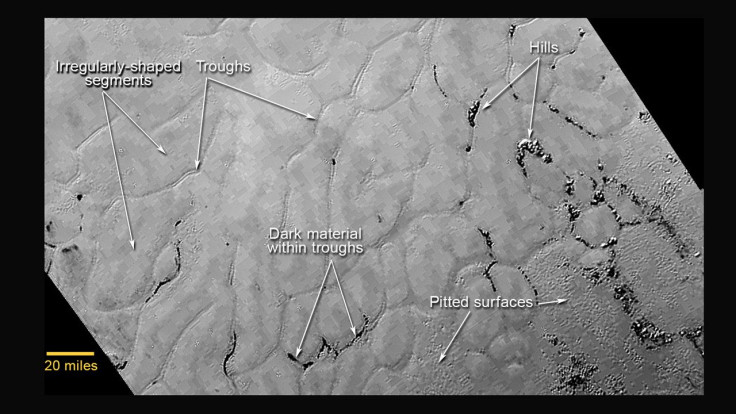NASA New Horizons Pluto Flyby Photos And First Science Continues To Surprise And Excite

NASA New Horizons has delivered all the goods with Pluto. The flyby Tuesday was a success and even before the moment, the spacecraft delivered our best look at the dwarf planet and helped determine its actual size. The hits continued Friday with even more photos from Pluto.
After the phone home and first batch of images from NASA's New Horizons, Pluto dazzled with ice mountains. The surprises continued with chasms and craters on Charon, one of Pluto's moons. As an added bonus, we got out first glimpse of Pluto's moon hydra. Pluto and Charon are geologically active, which is another development that surprised scientists. Ahead of the new photos Friday, NASA released detailed images of Charon that revealed a mountain that is stumping scientists.
"The mission has had nine years to build expectations about what we would see during closest approach to Pluto and Charon. Today, we get the first sampling of the scientific treasure collected during those critical moments, and I can tell you it dramatically surpasses those high expectations," John Grunsfeld, associate administrator for NASA's Science Mission Directorate, said in a statement.

The Charon photo taken at 6:30 a.m. EDT Tuesday from around 49,000 miles has a mountain in the middle of a depression. NASA had its own surprise on Earth and introduced Brian May, Queen guitarist and astrophysicist, during Friday's presentation. Alan Stern, principal investigator of the New Horizons mission, introduced a flyover video of Pluto and even more of the "frozen plains of Pluto." The dwarf planet's atmosphere had its time in the spotlight and it's made up of nitrogen, methane and hydrocarbons. The weak gravity of Pluto means the nitrogen atmosphere of Pluto is escaping into space.

The New Horizons speculated that some features on Pluto appear to be wind streaks or plumes. The researchers were clear that it was not an official announcement, but the area warrants further study when more data become available.
© Copyright IBTimes 2024. All rights reserved.





















